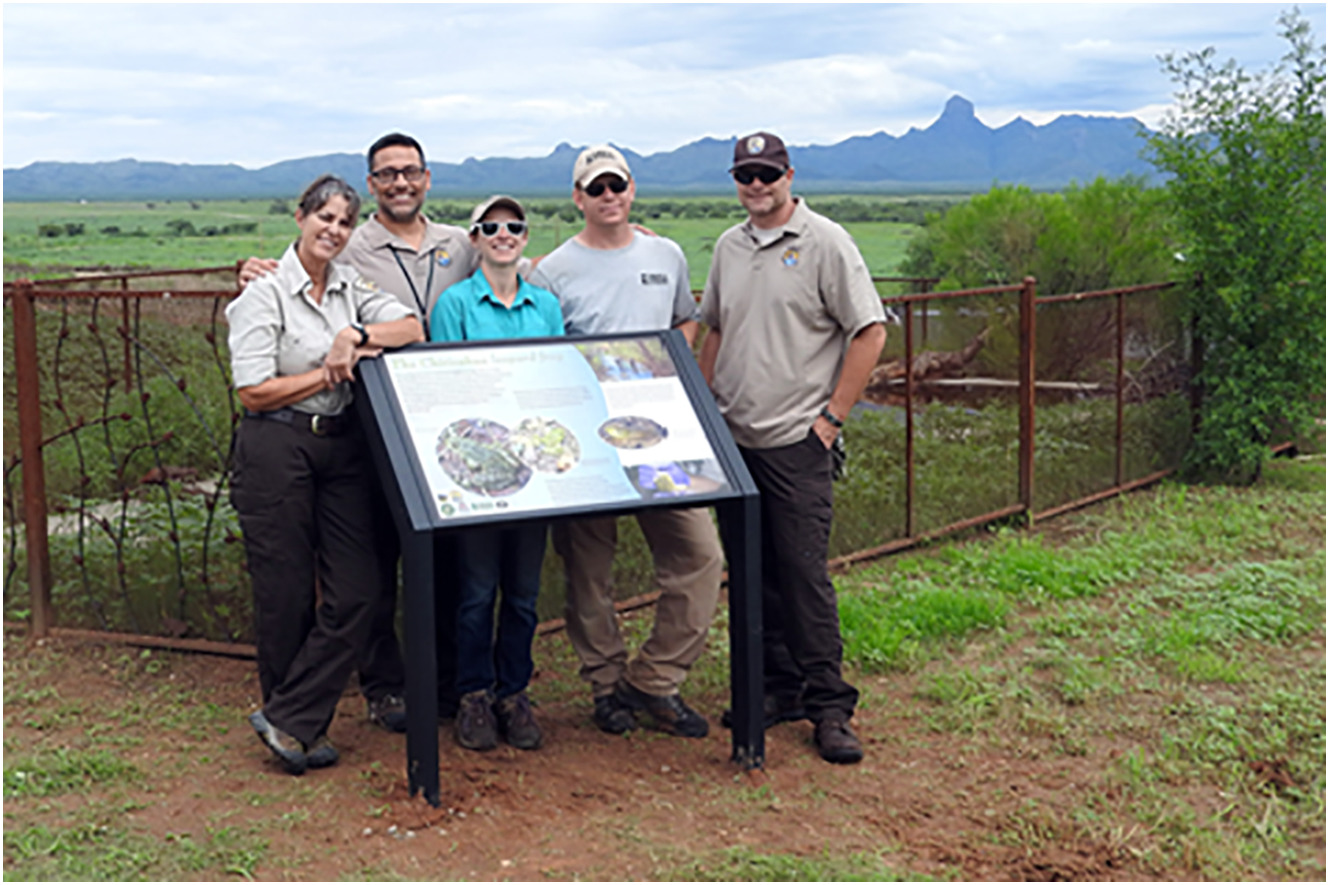Conservation research across scales in a national program: how to be relevant to local management yet general at the same time
https://www.sciencedirect.com/science/article/pii/S0006320718316252
Abstract/Summary
Successfully addressing complex conservation problems requires attention to pattern and process at multiple spatial scales. This is challenging from a logistical and organizational perspective. In response to indications of worldwide declines in amphibian populations, the Amphibian Research and Monitoring Initiative (ARMI) of the U.S. Geological Survey was established in 2000. This national program is unique in its structure, organization, and success in integrating information at multiple scales. ARMI works under the principle that a good study design is tailored to specific questions, but stipulates the use of methods that result in unbiased parameter estimates (e.g., occupancy). This allows studies to be designed to address local questions but also to produce data that can easily be scaled up to accomplish the objectives of a broad-scale monitoring program. Here we describe how the implementation of the Amphibian Research and Monitoring Initiative results in research that is applicable across scales – global, in contributing to the understanding of amphibian decline phenomena; continental, in synthesizing local data to understand large-scale drivers; regional, by characterizing threats and assessing status of species at the range scale; and local, by working with National Park, Wildlife Refuge, and other Federal and State land managers to identify research needs and serve conservation-relevant research results to inform management decisions.
Publication details
| Published Date: | 2019-08 |
| Outlet/Publisher: | Biological Conservation 236:100-106 |
| Media Format: |

ARMI partners directly with management agencies to provide information they need. Managers at the Buenos Aires National Wildlife Reserve in Arizona used a tool developed by ARMI to help prioritize restoration sites for an endangered frog and produce an interpretive sign.
Photo by: USFWS – Buenos Aires NWR
ARMI Organizational Units:
Pacific Northwest - BiologyRocky Mountains, Northern - Biology
